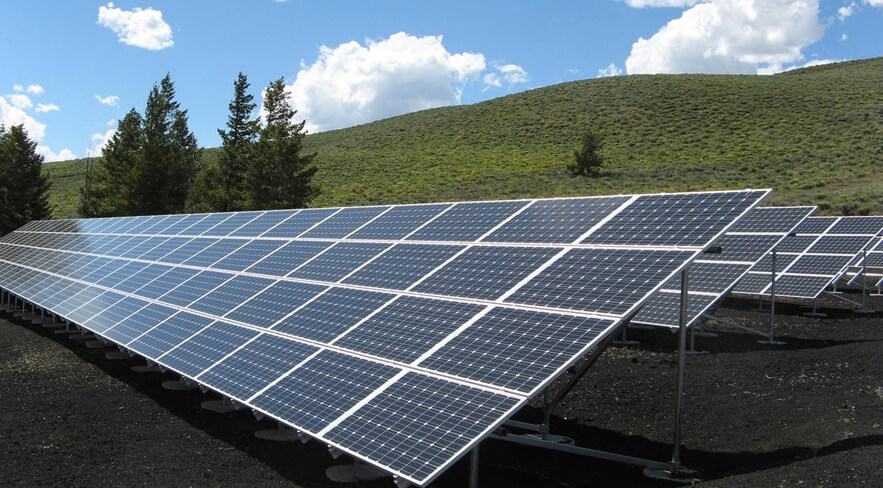
The level of the generation tariff is dependent on the technology and the system size and type
Table of Feed-In Tariffs before and after end 2016
This includes adjustments for degression, and index linking.
Future tariffs may be adjusted for contingent degression. Indicative tariffs after 1st Apr 2017 should be as per the degression table, but adjusted for RPI indexation and contingent degression – see latest tariffs from Ofgem here.
Table A: Listing of all Generation Tariff levels based on the accredited installation date
| Energy Source | Scale | Type / Rate | Tariff (p/kWh) | |
|---|---|---|---|---|
| Installed: | < 31/12/16 | < 31/3/17 | ||
| Anaerobic digestion | ≤250kW | 6.65 | 6.65* | |
| Anaerobic digestion | >250kW – 500kW | 6.14 | 6.14* | |
| Anaerobic digestion | >500kW | 6.33 | 6.33* | |
| Hydro | >100kW | 7.65 | 7.63 | |
| Hydro | >100kW – 2MW | 6.12 | 6.11 | |
| Hydro | >2MW – 5MW | 4.43 | 4.43 | |
| Micro-CHP | <2 kW | (limited) | 13.45 | 13.45 |
| Solar PV | =10 kW | Higher rate | 4.18 | 4.11 |
| Solar PV | =10 kW | Medium rate | 3.76 | 3.70 |
| Solar PV | >10 – 50kW | Higher rate | 4.39 | 4.32 |
| Solar PV | >10 – 50kW | Medium rate | 3.95 | 3.89 |
| Solar PV | >50 – 250kW | Higher rate | 2.03 | 1.99 |
| Solar PV | >50 – 250kW | Medium rate | 1.83 | 1.79 |
| Solar PV | =250kW | Lower rate | 0.57 | 0.52 |
| Solar PV | >250kW – 1MW | 1.69 | 1.65 | |
| Solar PV | >1MW – 5MW and | Standalone | 0.51 | 0.47 |
| Wind | =50kW | 8.33 | 8.26 | |
| Wind | >50 – 100kW | 6.08 | 6.02 | |
| Wind | >100kW – 1.5MW | 3.92 | 3.90 | |
| Wind | >1.5MW – 5MW | 0.83 | 0.82 | |
| Any | existing systems transferred from RO | 10.66 | ||
* rates currently under review
Historical and future tariffs
We used to publish helpful tables on historical and expected future tariff levels, but the government has made so many changes to the banding, degression intervals etc. that it’s just too time consuming.
Other benefits
These tables show only the generation tariff. The Feed-In Tariffs scheme also provides two further benefits: an additional payment for surplus energy exported to the grid (this is called the export tariff) and a saving on energy purchased from your electricity supplier.
